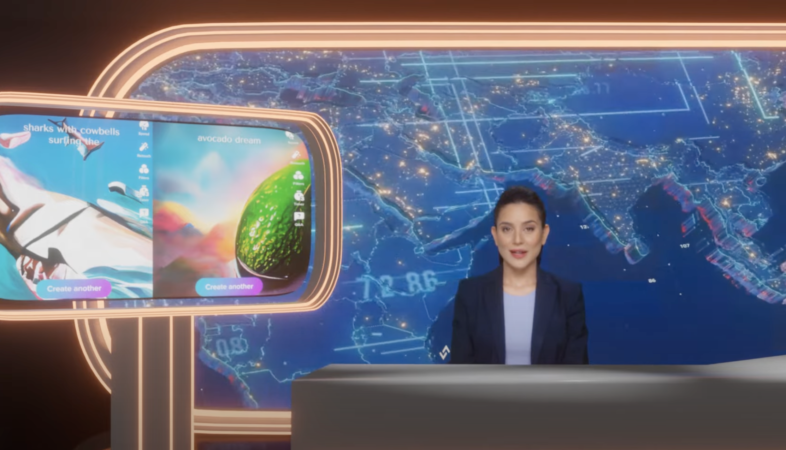While at a Farmer’s Market this morning I was reminded of the adage that you should always be “the best” at something.
There was a young nut salesman describing his range. “This is our best seller”, “this one is my personal favorite” (the one I think is best), “this one is the hottest” and so on. He did it so naturally and seamlessly, it didn’t feel forced at all.
It reminds me of what I wrote in my book “The New Now”:
Make your world smaller
The Digital Production BuZZ was the best talk-radio show for Digital Production, Post Production and Distribution that combined cutting edge technologies, budget filmmaking with insightful analysis in a fun atmosphere.
I can confidently make that claim because I defined the “world” that we able to be best within, very narrowly. As Seth Godin says11 “The Secret to being the best in the world, is to make the ?world? smaller.”
When you?re thinking about your brand – promise and personality define yourself as being the “best” at something:
- “The best place to online Final Cut Pro projects.”
- “The best environment you?ve ever enjoyed for post production.”
- “The best people in the best location.”
- “The most highly technically skilled production company in Wilkes-Barre.”
Whatever your focus, be the ?best? at something, even if it is a small world, after all.
When you make your world smaller you increase the chances of becoming an acknowledged leader in that smaller niche, rather than just another voice in a wider world.
